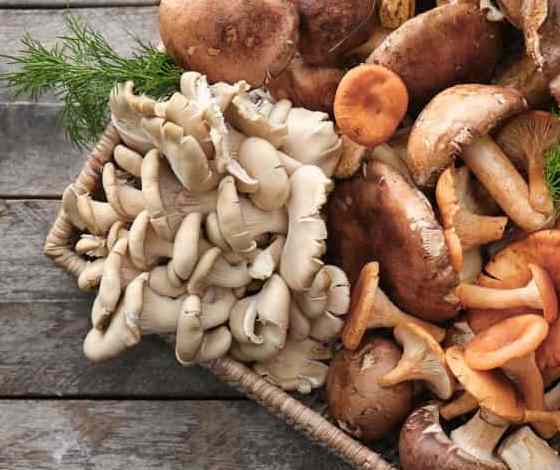
What Are FUNCTIONAL FOODS
Functional foods are foods that provide health benefits beyond their “basic nutrients” — meaning they
supply additional physiological benefit to the consumer.
While Functional foods provide these essential nutrients, they also contain additional and
often unique, protective compounds that most other foods do not. These will include nutrients
such as; omega-3 fatty acids, dietary fibers, prebiotics, probiotics, antioxidants and
other actives.
Some functional foods are also grown or produced with the intention of improving their nutrient
content and health benefits. This is the case with some varieties of mushrooms that are grown in
substrates rich in nutrients such as selenium or vitamin D.
FUNCTIONAL FOODS vs NUTRACEUTICALS
What’s the key difference between Functional Foods and Nutraceuticals?
Where Nutraceuticals are, in many instances, an alternative to using synthetic pharmaceuticals
and are now an increasingly accepted choice for treating lifestyle diseases, Functional Foods
foods provide these essential nutrients naturally as they will also contain additional and
often unique, protective compounds that most other foods do not.
Although many enriched foods and beverages are sometimes referred to as Nutraceuticals,
this term can also be used to describe Functional Foods.
Normally, true Functional Foods do not need to be enriched because they are “whole foods”
that already possess protective phytonutrients, antioxidants and other beneficial compounds.
For example, certain mushrooms such as, Lions Mane, Shiitake, Maitake all have medicinal properties
and contain actives such as polysaccharides and Beta-Glucans which, have been shown to reduce inflammation,
enhance immune function, improve heart health and even, brain function.

Functional foods benefits include:
• Providing antioxidants that fight free radical damage.
• Reducing inflammation.
• Aiding in disease prevention, such as reducing the risk for cardiovascular diseases, neurological conditions, depression or cancer.
• Supporting gut health and therefore enhancing the immune system.
• Providing live microbial cultures, also called probiotic bacteria.
• Providing “prebiotics” that help feed probiotics.
• Supporting detoxification and digestive health.
• Balancing cholesterol levels and blood pressure, as well as regulating heartbeats.
• Managing blood sugar levels, such as by providing fiber and anti-inflammatory compounds.
• Helping with weight management and obesity prevention.

